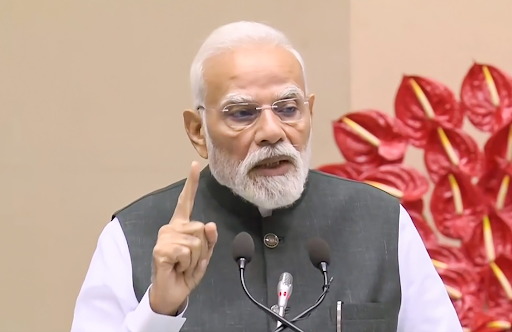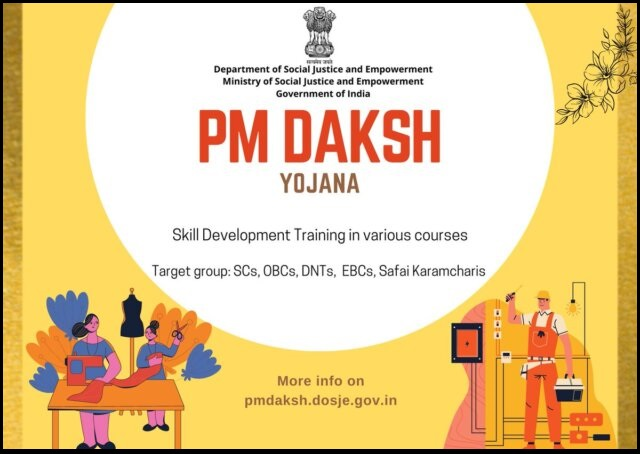Description
Context: The NITI Aayog recently circulated a discussion paper on a proposed revision in the National Food Security Act (NFSA), 2013. A look at the move and its implications:
Why a discussion on a revision?
- The NFSA provides a legal right to persons belonging to “eligible households” to receive food grains at subsidised price– rice at Rs 3/kg, wheat at Rs 2/kg and coarse grain at Rs 1/kg — under the Targeted Public Distribution System (TPDS).
- These are called central issue prices (CIPs). A revision of CIPs is one of the issues that have been discussed.
- The other issues are updating of the population coverage under the NFSA, and beneficiary identification criteria.
- Under sub-section (1) of Section 3 of the Act, the term “eligible households” comprises two categories — “priority households”, and families covered by the Antyodaya Anna Yojana (AAY).
- Priority households are entitled to receive 5 kg of foodgrains per person per month, whereas AAY households are entitled to 35 kg per month at the same prices.
For how long are these prices valid, and how are they to be revised?
- Under Schedule-I of the Act, these subsidised prices were fixed for “a period of three years from the date of commencement of the Act”.
- While different states began implementing the Act at different dates, the deemed date of its coming into effect is July 5, 2013, and the three-year period was therefore completed on July 5, 2016.
- However, the government has yet not revised the subsidised prices. The government can do so under Schedule-I of the Act, after completion of the three-year period.
- To revise the prices, the government can amend Schedule-I through a notification, a copy of which has to be laid before each House of Parliament as soon as possible after it is issued.
- Even the Economic Survey of 2020-21 had recommended a revision in the CIPs.
- The revised prices cannot exceed the minimum support price for wheat and coarse grains, and the derived minimum support price for rice.
What is the implication of the revision for the Centre and the states?
- If the national coverage ratio is revised downward, the Centre can save up to Rs 47,229 crore (as estimated by the NITI Aayog paper). However, the move may be opposed by some of the states.
- On the other hand, if the rural-urban coverage ratio remains at 75-50, then the total number of people covered will increase from the existing 81.35 crore to 89.52 crore —an increase of 8.17 crore. T
- his estimate by the NITI Aayog is based on the projected 2020 population, and, according to the paper, will result in an additional subsidy requirement of Rs 14,800 crore.
https://indianexpress.com/article/explained/explained-revising-food-security-act-why-how-and-implications-for-centre-states-7210166/










